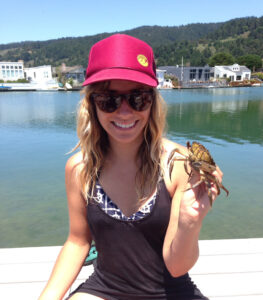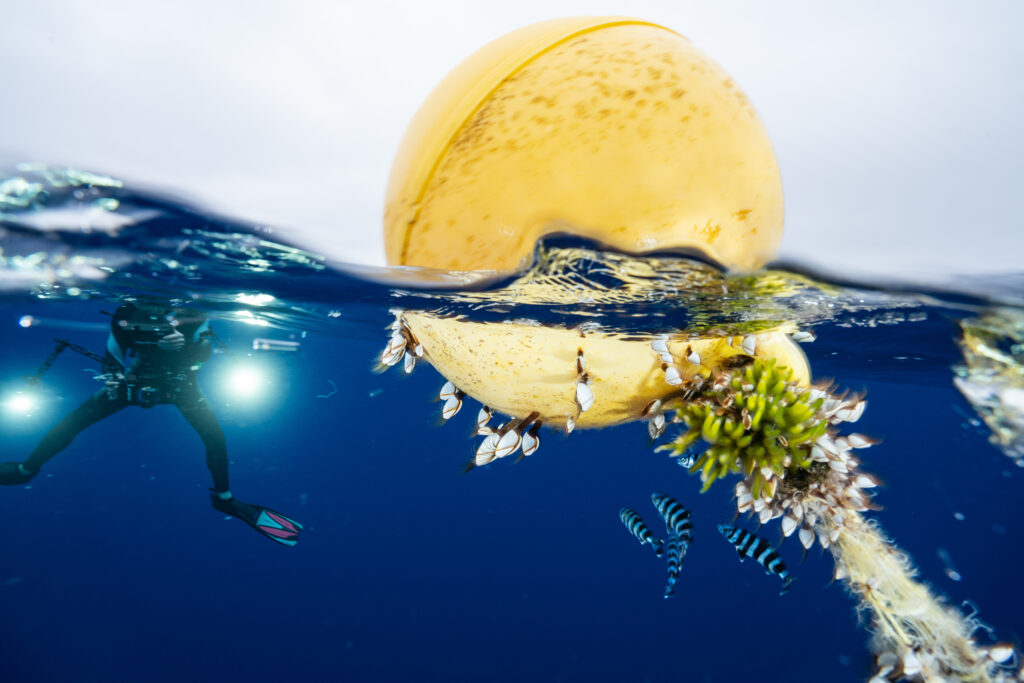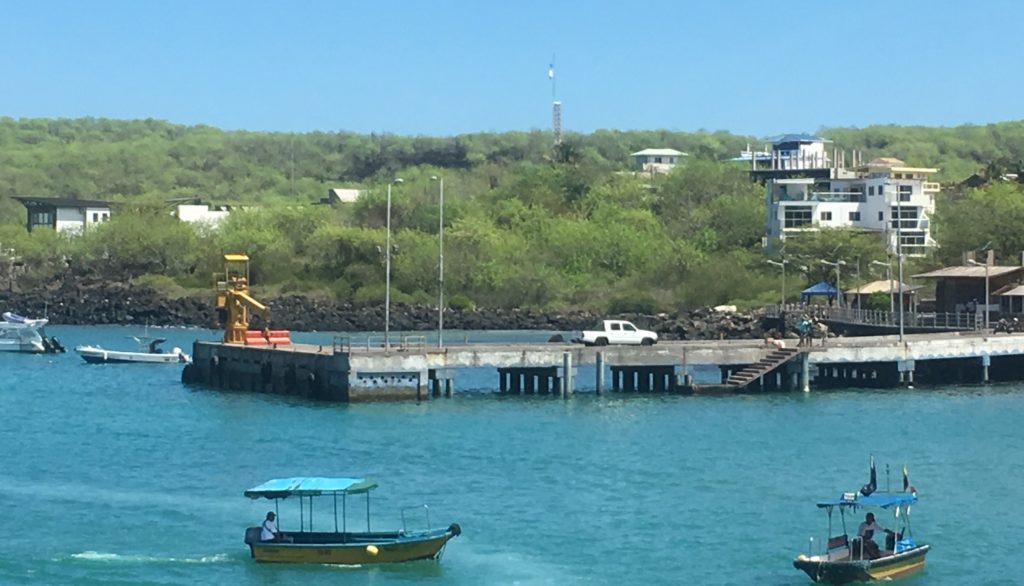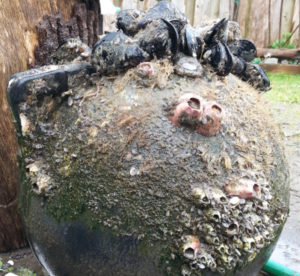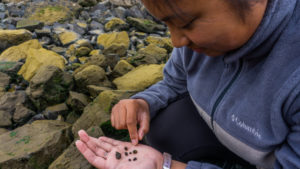by Erin Minor
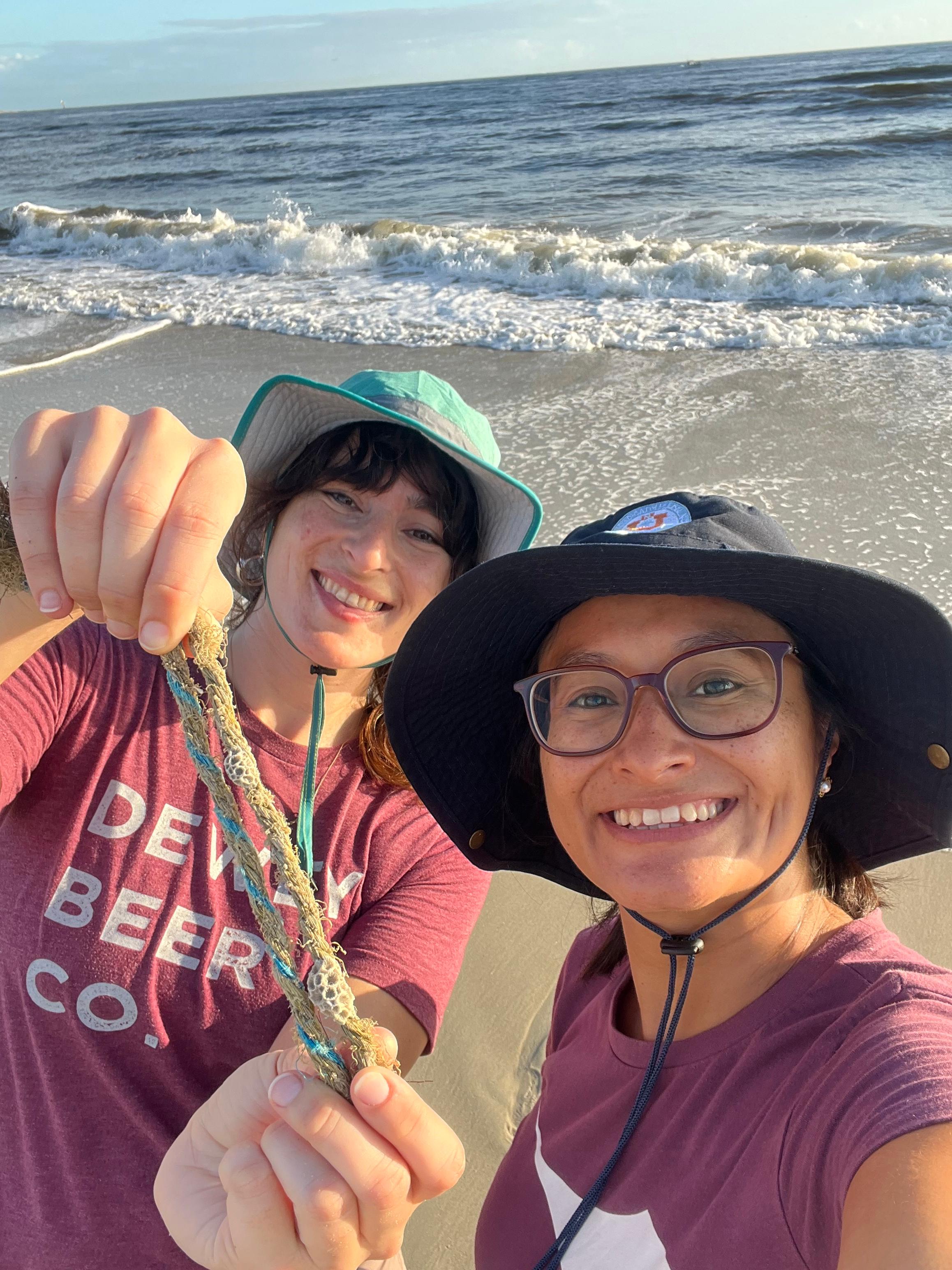
Many marine organisms, like barnacles, bryozoans and algae, spend their lives on other living creatures floating in the sea. But today, some of them are finding new homes to colonize: plastic pollution. Ocean Travelers is a participatory science project, where volunteers and scientists track marine organisms living on litter that washes ashore. Run by the Smithsonian Environmental Research Center (SERC), the project hopes to determine whether invasive species are spreading via litter in the ocean.
Marine biologists Martin Thiel, Jim Carlton and Greg Ruiz started the first Ocean Travelers at SERC in 2022. They wanted to understand what organisms were living on plastic in the ocean, and how far they were spreading. It was born of a collaboration between different programs around the world, including the Smithsonian-led MarineGEO that monitors the world’s coastal ecosystems and Científicos de la Basura, based out of Chile. Ocean Travelers I was a huge success, recruiting volunteers, local teachers and their students to collect samples on the beach with professional scientists.
Click to continue »


